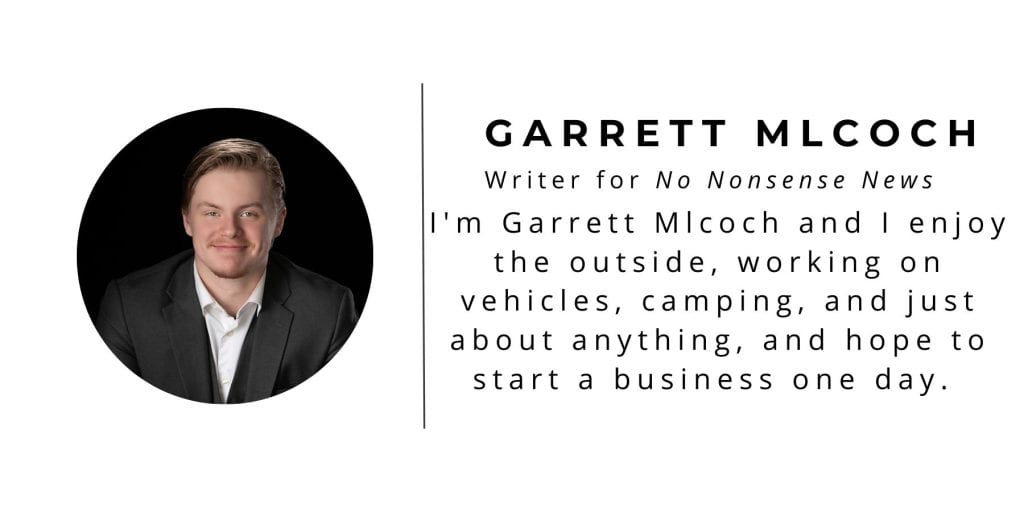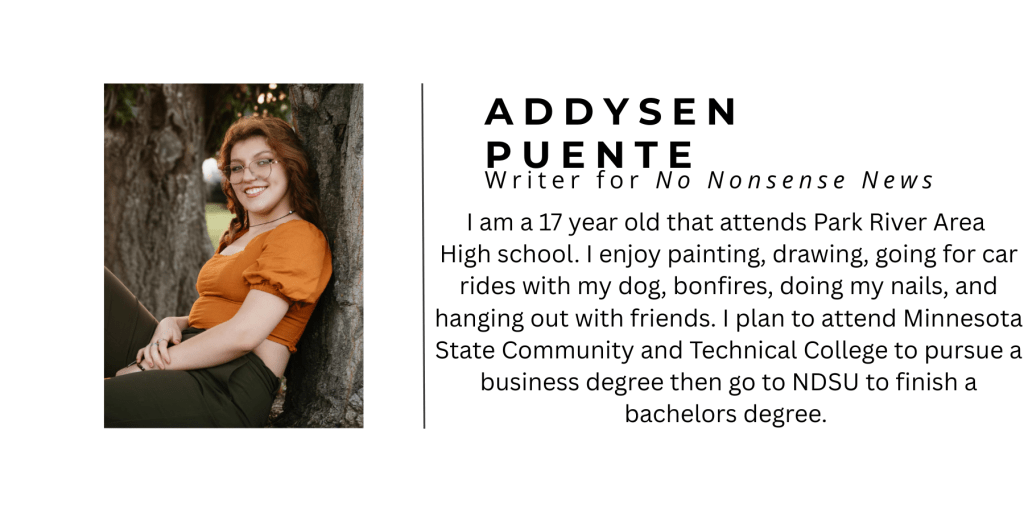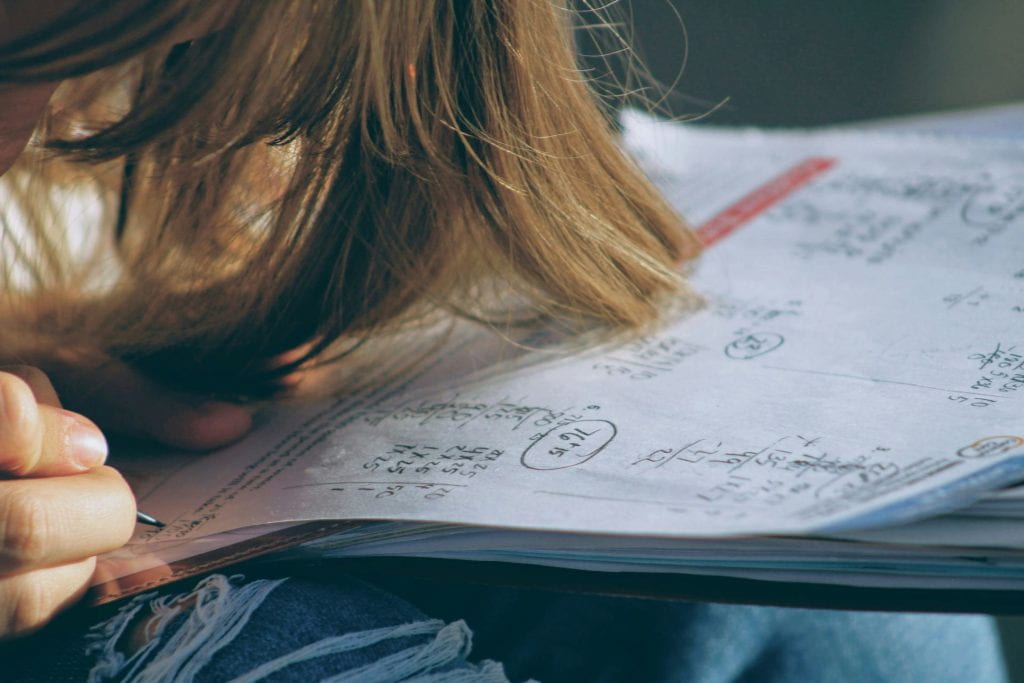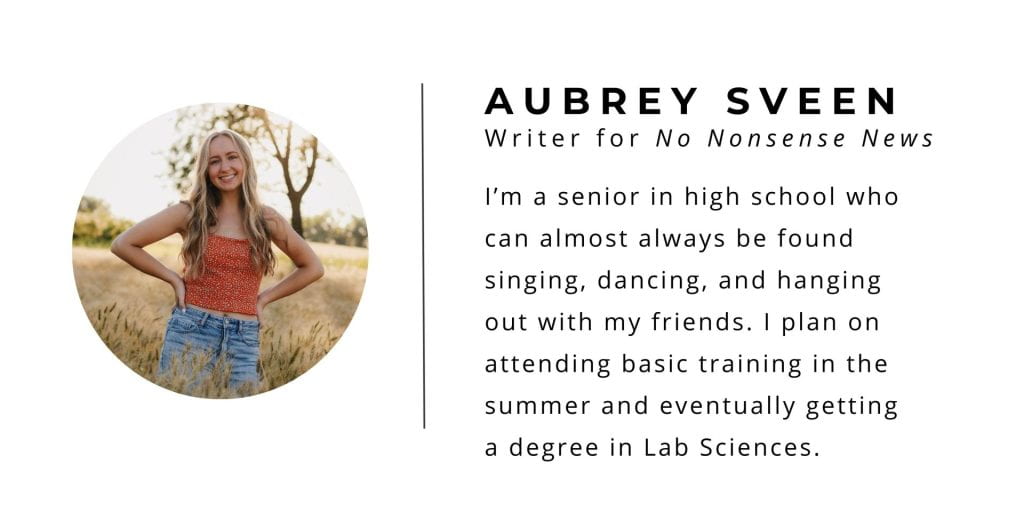Restaurants fail their first year after opening, which is false, they actually stay open for a lot longer than that, it was mainly popularized with TV and people just believe that. There are actually a lot of businesses that fail. On the other hand there are many businesses that open. The open to close ratio is something that is very surprising to many.
There are a lot of businesses that fail–about 20% of businesses fail every year, 49.4% of businesses fail every five years and 65.3% of businesses fail every ten years. That’s a lot of businesses.
According to the Chamber of Commerce, about 627,000 businesses open up every year, and about 595,000 fail each year but the 32,000 that remain open are still pretty good. There are about 32.5 million businesses that are currently open in America making up 99.9% of all businesses in America. A lot of these businesses or about 20% of them are expected to fail in the first year. Then as time keeps going about 5 years 49.4% are expected to but if they have made it passed it that’s a milestone for business. Then about 10 years go by and 65.3% are expected to fail but of course, if they have made it they are set or they are going to fail soon.

Surprisingly enough businesses like restaurants aren’t deemed to fail the first year they are opened like everyone says. It’s said that about 90% of restaurants fail in their first year but that’s not true. According to Adam Guild, only 14% of restaurants fail in their first year. Restaurants were just said to fail in the first year from TV back in the early 2000s. Restaurants are known to fail or be an unsafe business practice because they are very easy to go under, such as if the food isn’t good and people don’t go there or if no one knows about the place then no one shows up.
There are many reasons why a business fails and that’s why the percentages are so high and there are so many. One of the biggest reasons why businesses fail is there is no need for their services or products. An example of this would be cable TV because of newer streaming platforms cable doesn’t survive well in this new generation. There are a lot of mid-range reasons why a business might fail and that could be they ran out of money, they don’t have the right people running their business, they have been bested by a competitor, or there is a price and cost issue. Then some reasons don’t always make a business fail such as a poor product offering, a lack of business model, poor marketing, or they ignore their customers.
In a little bit more specific case KTM, a motorcycle dealer based in Austria is starting to go under after having to pay a loan of 600 million euros. KTM stopped production last year in 2024 because of a lack of money and parts, the pandemic, chip shortages, and supply hiccups. This year 2025 they stopped production again for the same reason of no money or parts, and only could produce 4,200 motorcycles.

If KTM were to shut down and never come back it would be a very quiet time in the moto industry. Though a lot of people do favor KTM or like KTM they are a good brand with something here. They have made so many people’s lives with the ability to ride whatever they want whether it be on the dirt or on the road. If KTM shuts down people that own these bikes and vehicles would be left with nothing basically because no one could make these parts or any new bikes.
People learn from KTMs mistakes and what KTM has to bring to the table for performance and riding. Losing a brand like this would limit the bikes even more because there isn’t much for the riders out there, especially if they grew up on a KTM and wanted to stick with it. Some other companies such as Honda, Yamaha, Suzuki, and Kawasaki make beginner bikes and road bikes and though there are four when you have more options you can really dial in what you like because every brand is different.
Figuring out why these businesses are closing is important to the consumer that loves the brand. If no one knows why they are doing bad they could never help or try and support them. KTM is one of those brands that should be kept here as long as they can because they help the people that want to live on the roads that these bikes are meant to be on.























